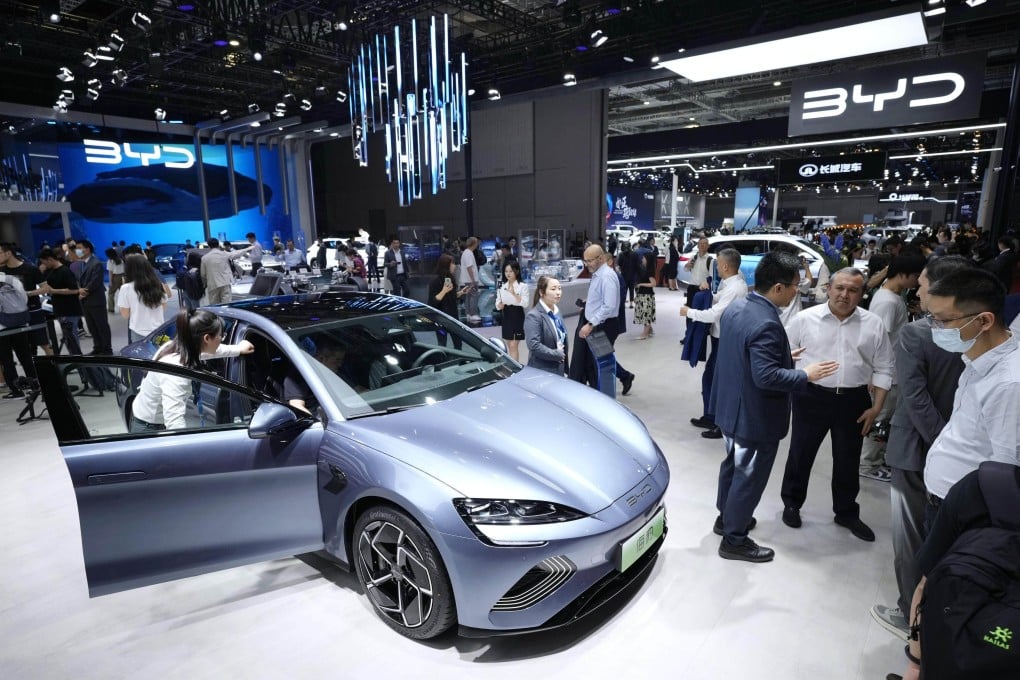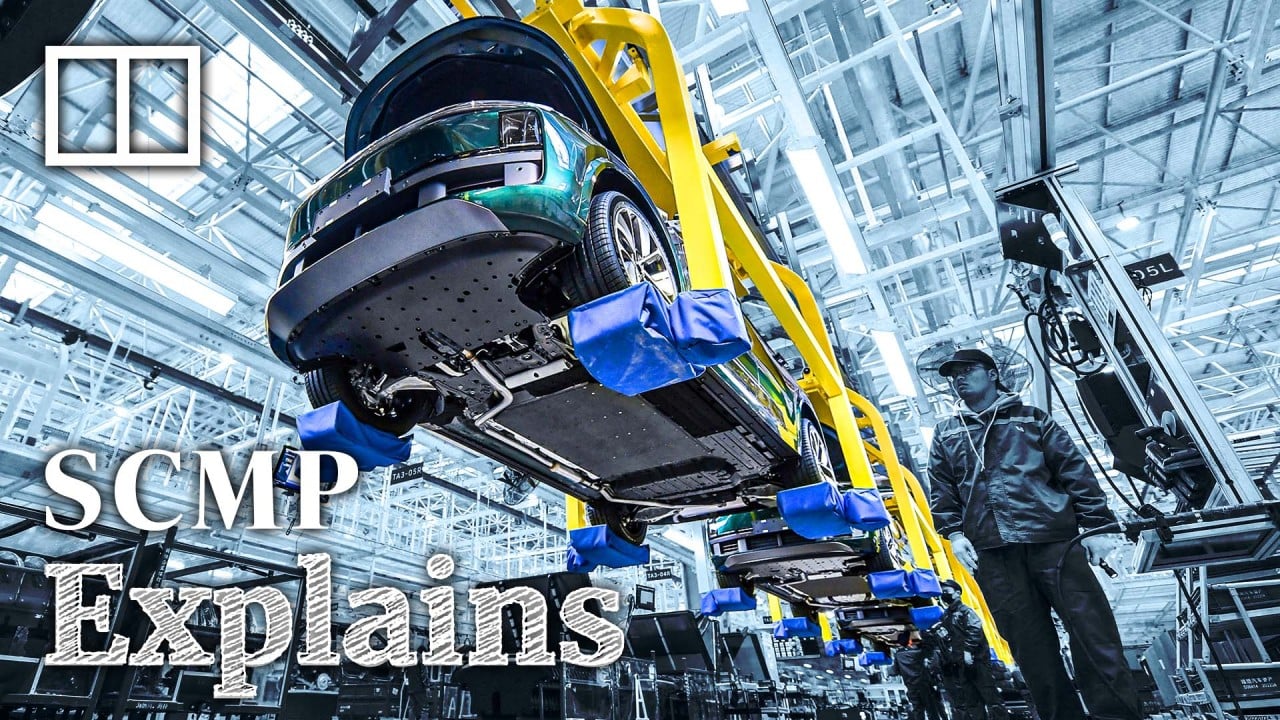New-energy vehicles to make up 50% of China’s new cars sales by 2030, Moody’s forecasts
- NEV adoption rate reached 31.6 per cent in 2023, versus 1.3 per cent in 2015 as subsidies for buyers and incentives for makers underpinned surge
- Beijing’s target of 20 per cent by 2025, under its long-term development plan in 2020, was surpassed last year

The projection suggests a steady and continuous gain over the next six years as subsidies for car buyers and tax breaks for manufacturers and battery producers support demand, the rating company said in a report released on Monday.
NEVs comprise pure-electric cars, plug-in hybrid type and fuel-cell hydrogen-powered cars. China has the world’s largest automotive and electric-car market.
“Our estimates are underpinned by growing domestic demand for NEVs and investments in charging infrastructure, China’s cost advantages in NEV and battery manufacturers, and a raft of public policies that support the sector and its adjacent industries,” senior credit officer Gerwin Ho said in the report.
Moody’s forecast is less bullish than UBS Group’s estimate in 2021. The Swiss investment bank had projected that three in every five new vehicles sold in China’s domestic market would be powered by batteries by 2030.
